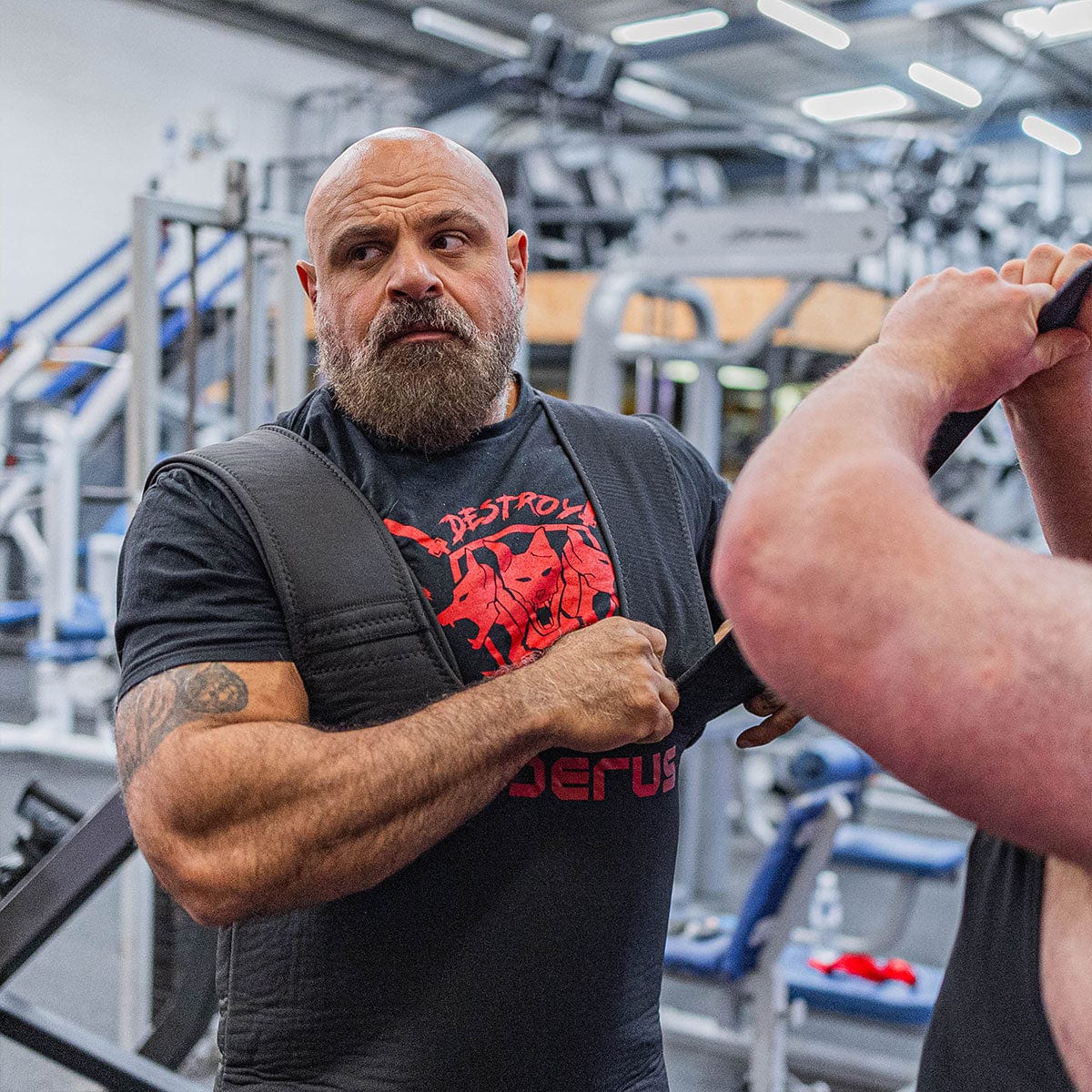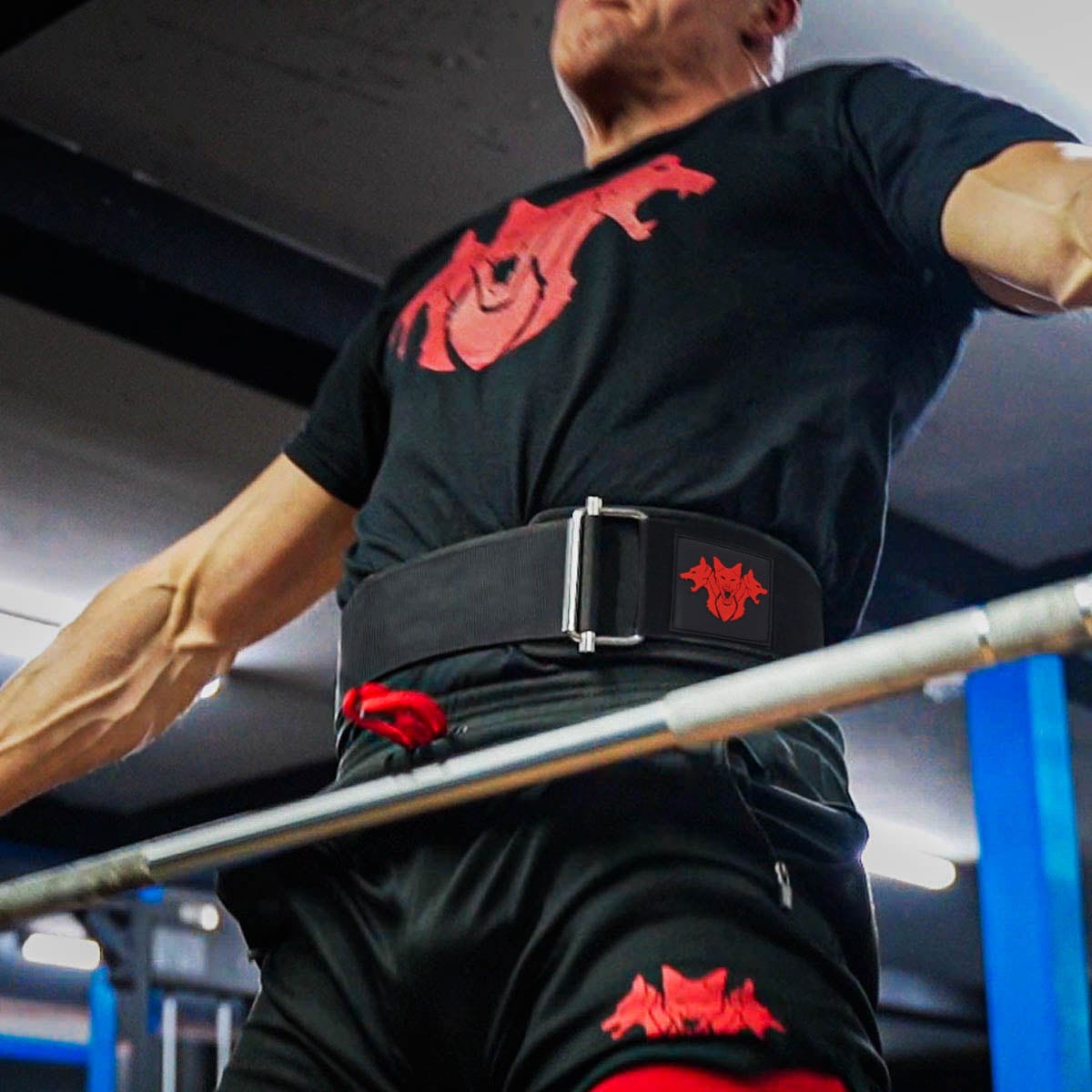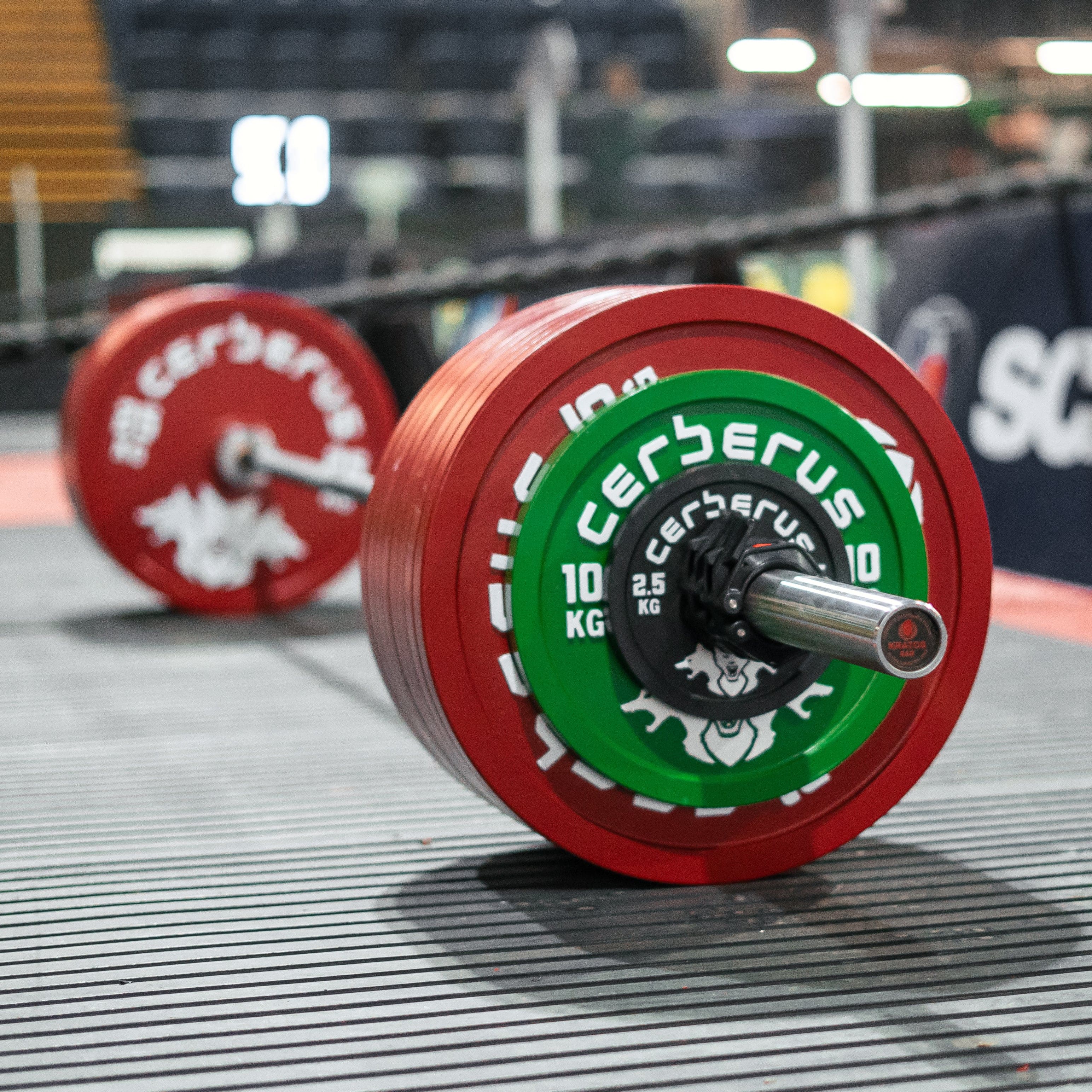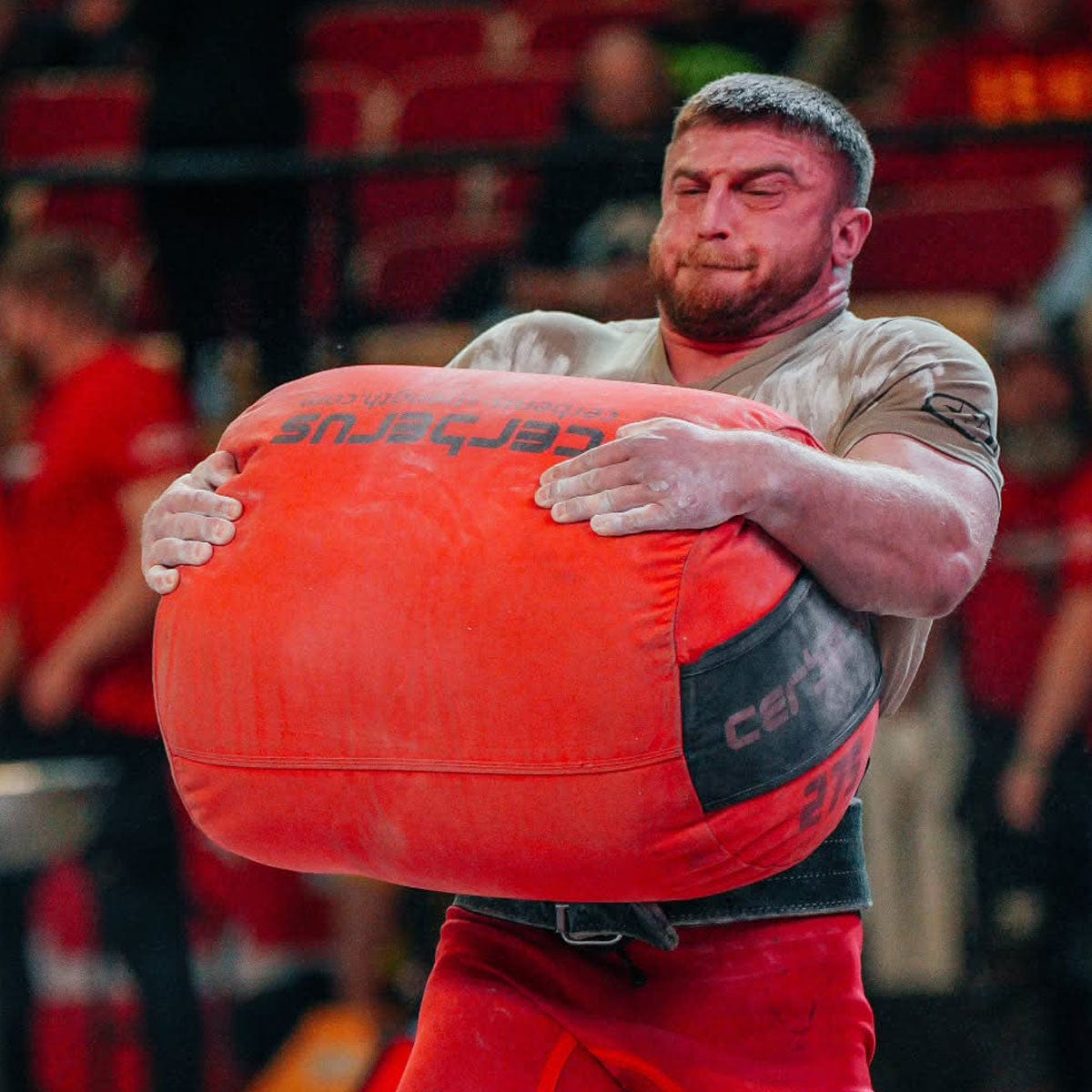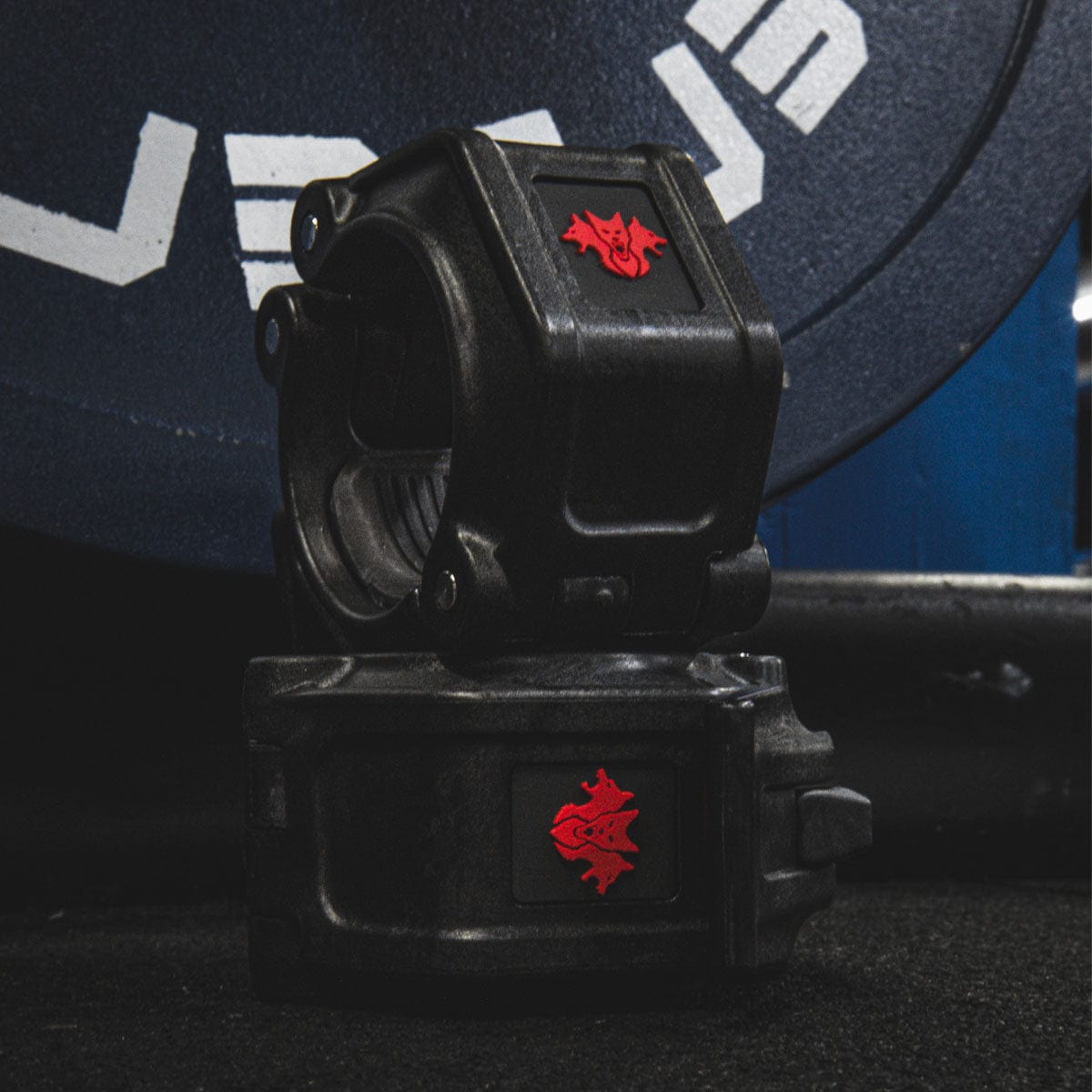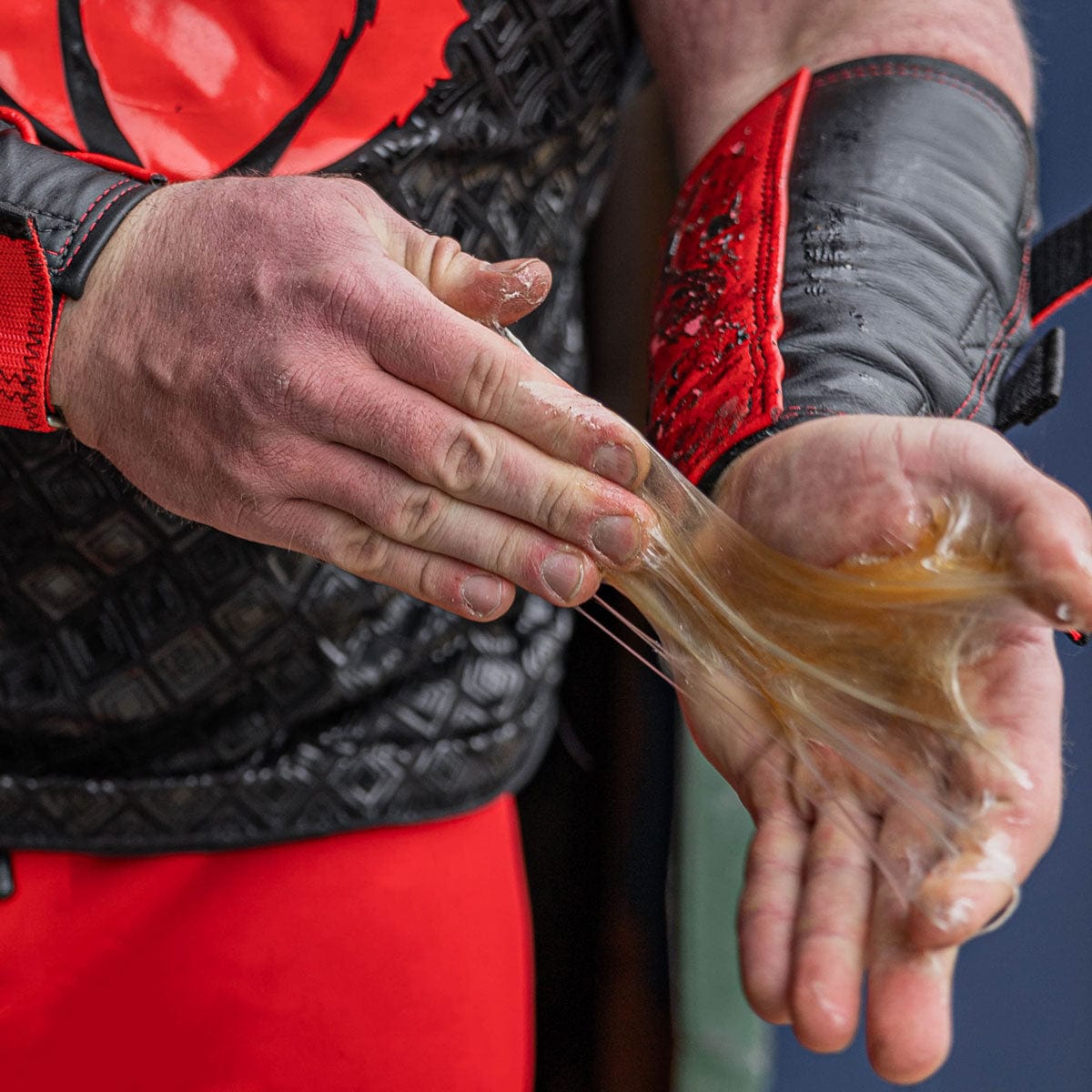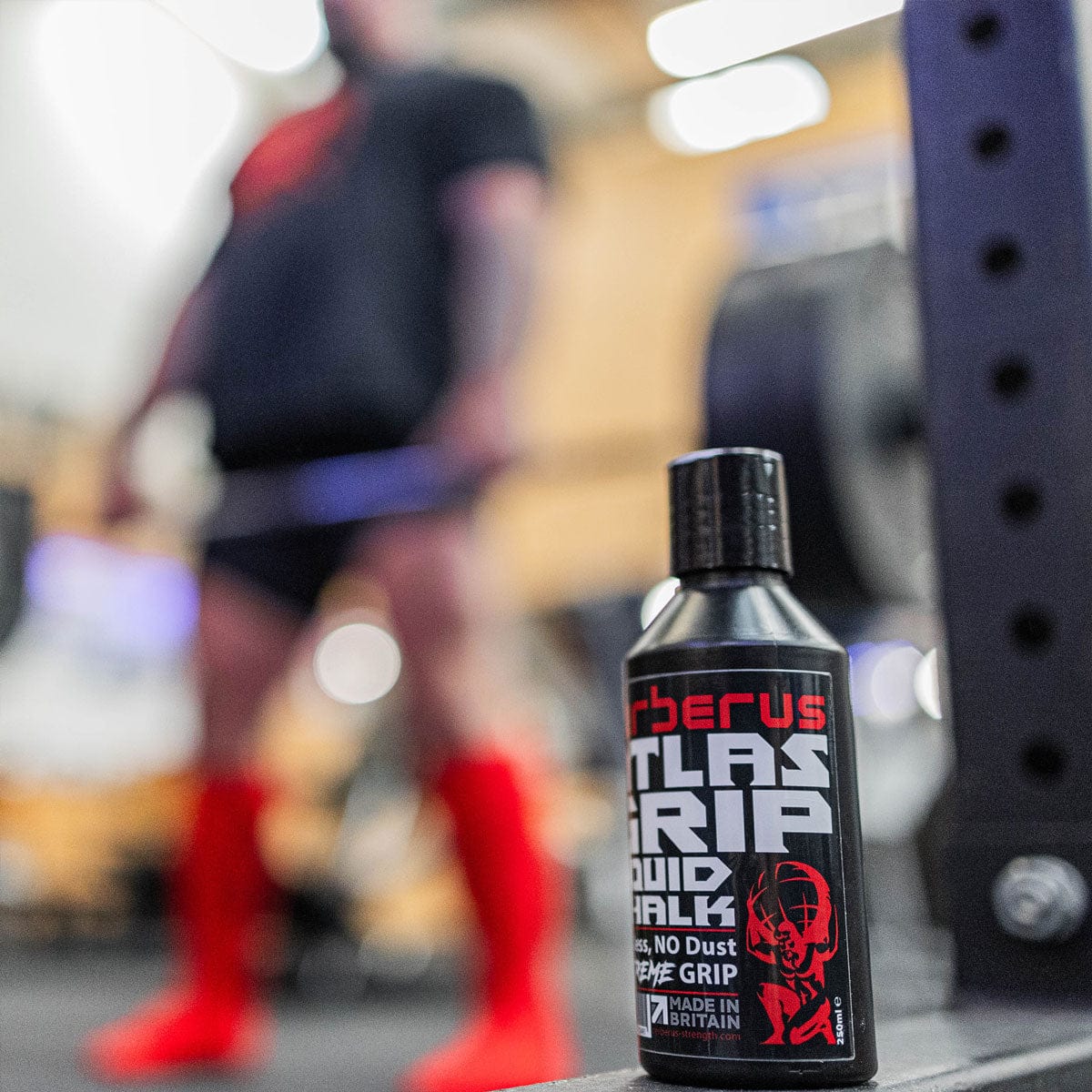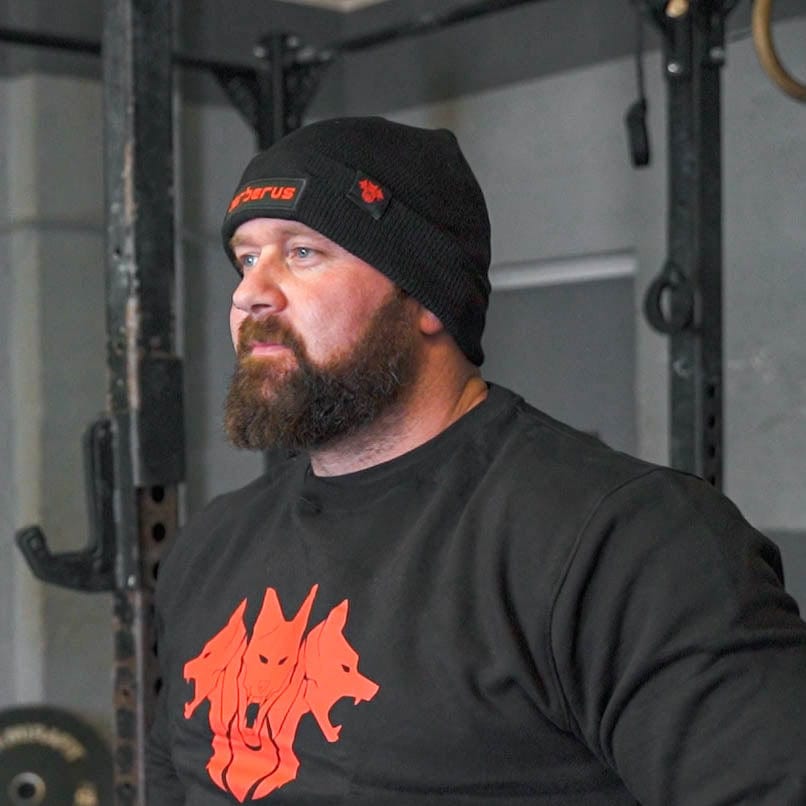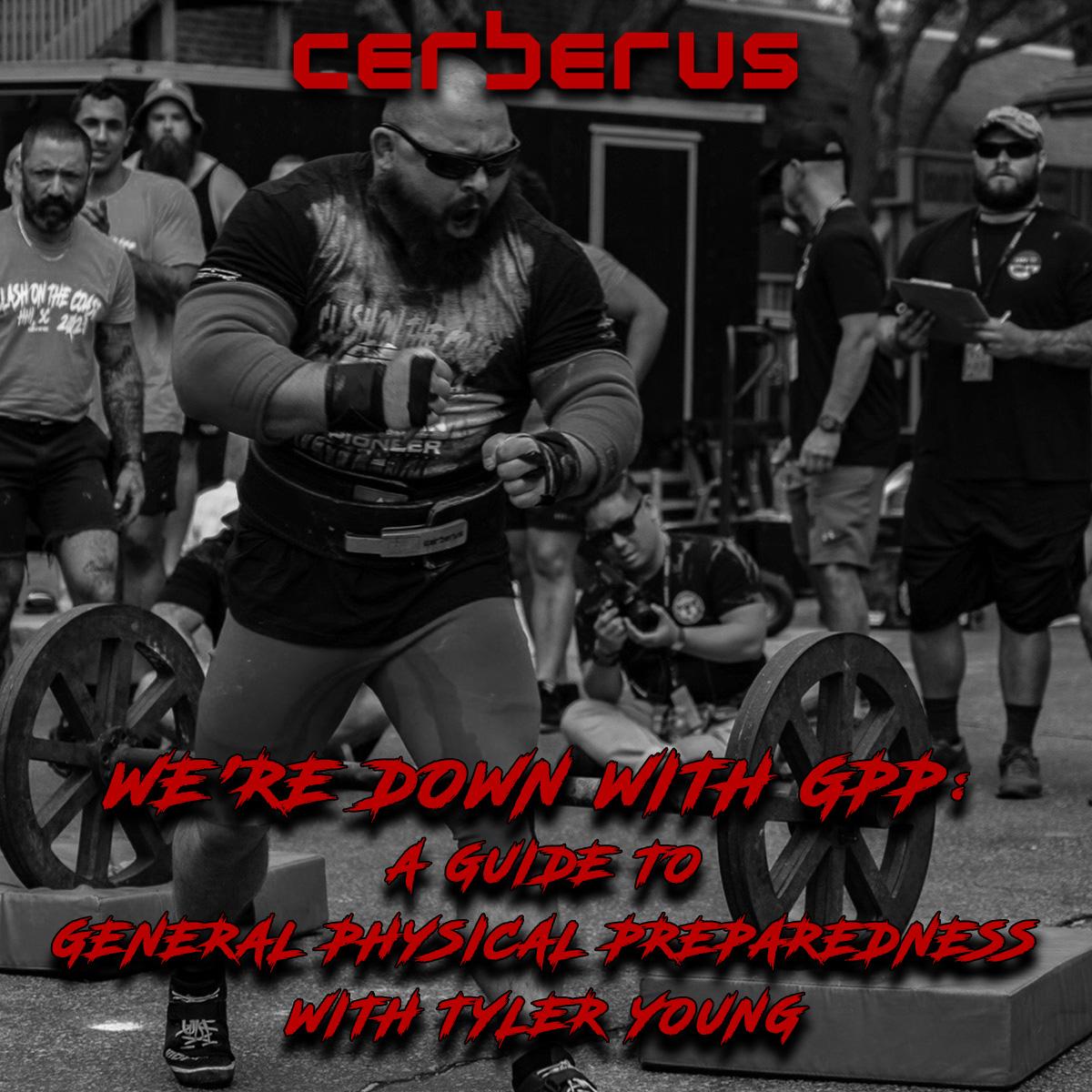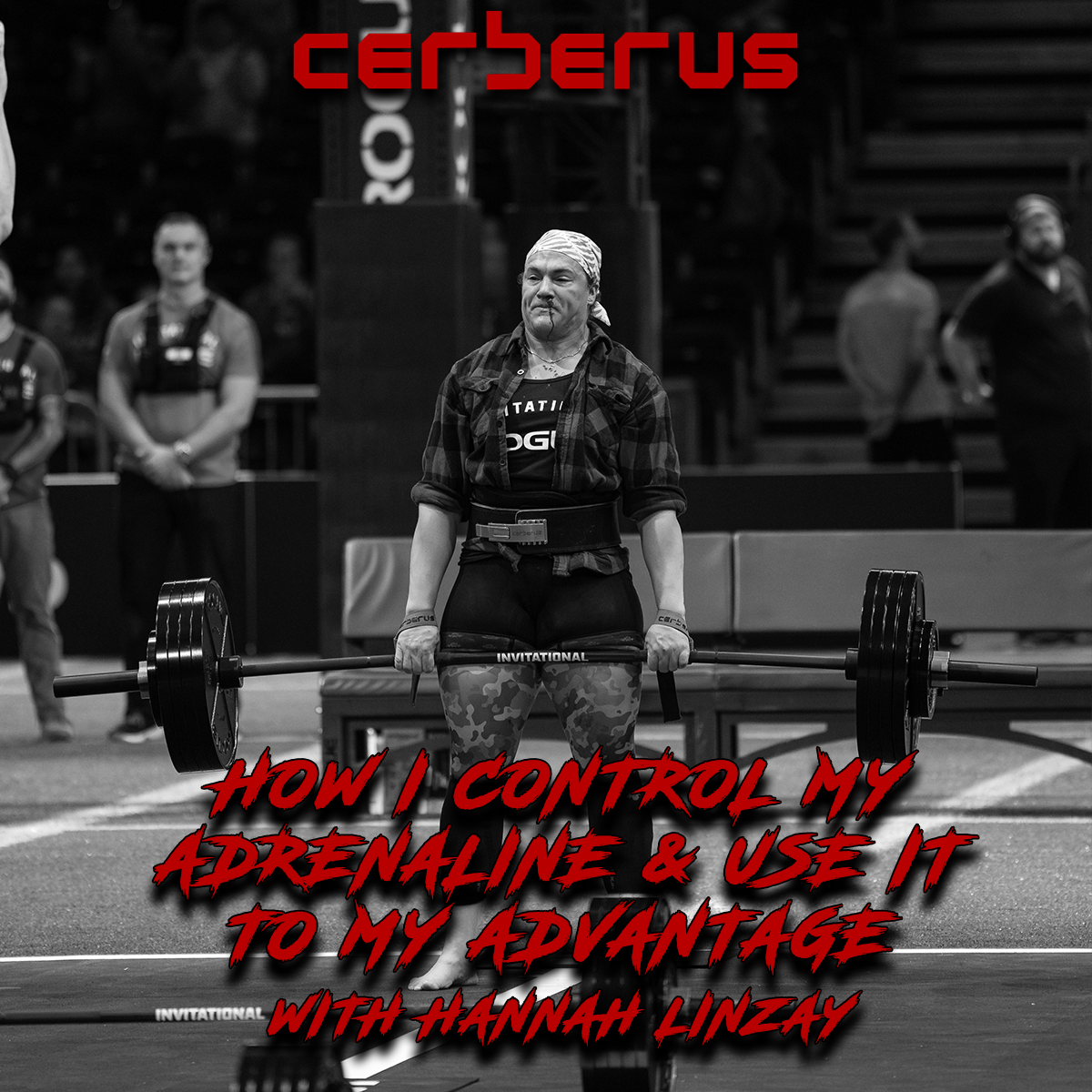When it comes to strongman training, one of the most poorly managed aspects of the sport is overall central nervous system fatigue. Unlike bodybuilding or Powerlifting, strong man has so many different facets to it that it is sometimes difficult to manage recovery and overtraining. This is especially difficult when you have overlapping shows on the calendar with the potential of having 8 to 10 different events to train for simultaneously. This is where cycling through different rep ranges and stimulus can be tremendously beneficial to prevent systemic fatigue.
The most basic way to peak for any strength endeavor is a linear progression scheme. Let's use a max distance sandbag front carry for example. The first week you carry a 200 lb bag 100 ft. The second week you are able to carry a 225 lb bag 100 ft. The third week you carry a 250 lb bag 100 ft. While this is commonly the best approach for newer lifters because they have so much room to grow, experienced athletes will quickly find themselves running out of room for progress. While the program is linear, your room for potential is not. If this was the case we would all be carrying 900 lb sandbags for a thousand ft within the first year of training. If you maintain this progression, you are going to find that once you get up into the 90th percentile of your actual physical max week after week your distances are going to get substantially shorter very quickly. Why is this? Are you physically getting weaker? No, of course not, your body has begun to accumulate systemic fatigue.
The human body's central nervous system is not unlike the wiring of any machine. Electrical impulses are sent down our brain stem out to whatever limb or muscle that the brain says to contract. The big difference is, unlike in machines, our wiring is not one solid strand. There are millions of tiny breaks in the system. One side of this is called a synapse, the other is a dendrite. The synapse fires electrical impulses across the gap into the dendrite to conduct the electricity of the nervous system down to wherever it is supposed to go. The greater the need for contraction, the more electricity flows through the dendrite. Over time the dendrite can actually become weakened and not conduct the electoral impulse as efficiently. This is what is referred to as central nervous system fatigue. Once the dendrite becomes "charred" for lack of better term, it needs a certain amount of time to heal just like anything else in the human body.
No amount of food, supplements, soft tissue work, stretching, saunas, cold plunges, or any other recovery modality will help heal your CNS. The only thing that will restore your CNS to full potential is deep sleep and rest. That is why rest before a show is paramount to ensure that you are able to perform at precondition on game day. Now that we have explained how the system works, let's go back to the application, shall we?
The three very basic modalities of strength training are heavy training, speed training, and volume/hypertrophy work. These different demographics of training modalities are are best suited for very different rep ranges and percentages of your one rep max. So pertaining to a sandbag front carry a heavy workout would be lifting the heaviest weight that you possibly can for a relatively short distance. Speed training would be covering that same distance you used for heavy with a much lighter load in the quickest time possible. Volume/ hypertrophy training would be using a moderate load but going as far as you possibly can. Each modality has a very different effect on systemic fatigue.
Heavy training is the most detrimental to your central nervous system. What is referred to as "heavy" training is typically above 90% of your one rep max and is typically performed in the range of one to three reps. The basic rule of thumb is the closer that you bring your body to true failure, the more damage done to your central nervous system. That is why when a lot of people fail heavy squats or deadlifts, they feel very fatigue for at least a week or so after the true failure of the rep has happened. If you genuinely fail an 800 lb deadlift to the point where your body shuts down and just says no, there is almost no chance that you will be able to walk into the gym 3 days later and successfully complete that lift. That is not because you have gotten weaker, that is because your central nervous system is not able to conduct the electricity to the muscle tissue to contract hard enough to complete the lift. You are not weaker, you are just systemically fatigued.
Volume training kind of falls in that mid-rent district depending upon how close you take your volume to absolute failure. Volume training is usually between 70 and 80% and performed in the range of 8 to 15 reps. During volume training, it is important to take into consideration your reps in reserve. Considering while peaking we are training for a performance stimulus and not an increase in tissue you always want to leave a certain amount in the tank. Taking your volume training to failure week in and week out is a surefire way quickly. Fatigue yourself.
Speed work is the lowest detrimental to the central nervous system. It is usually performed within the 50 to 65% of your one rep max threshold. The key to speed training is not doing a ton of reps because the weight is light, the goal is to move whatever implement or weight you have on the bar as quickly as possible. This is where you train your body to react explosively and accelerate weights and implements through space quickly. However, since you are using nearly half of your actual training max, the amount of electrical impulses needed to contract the tissue is relatively low and you are able to get in a very good training stimulus without taxing your central nervous system much at all.
So in pertaining to a sandbag max distance front carry. If your first week is volume then I would suggest taking 80% of comp weight for your top set and going as far as you possibly can. Then the next week be in the 60% comp weight range and cover short distances as quickly as possible with minimal rest periods, 60-90 seconds for 8-12 minutes. Then on your heavy week 3 to 5 heavy sets at 90% 50 ft. Every time you cycle through the rotation, increase the loads by 1 or 2% depending upon how it felt the previous cycle and how close you are to your show.
Cycling through the different stimulus and percentages gives the central nervous system the opportunity to not be taxed to its extreme. Week one is a medium fatigue situation, week two is a light fatigue situation, and week 3 is your heavy fatigue situation. Always put your speed work the week before your heavy work as it serves as a modified deload to ensure that your central nervous system will be recovered to perform in peak percentages the following week.
So if you are in a show prep and you are feeling run down and you are struggling to find out a way to manage fatigue without taking a week off, give this a shot. You can run this protocol without having to take deloads almost indefinitely. Train hard, train safe, and as always gWo 4 life.

